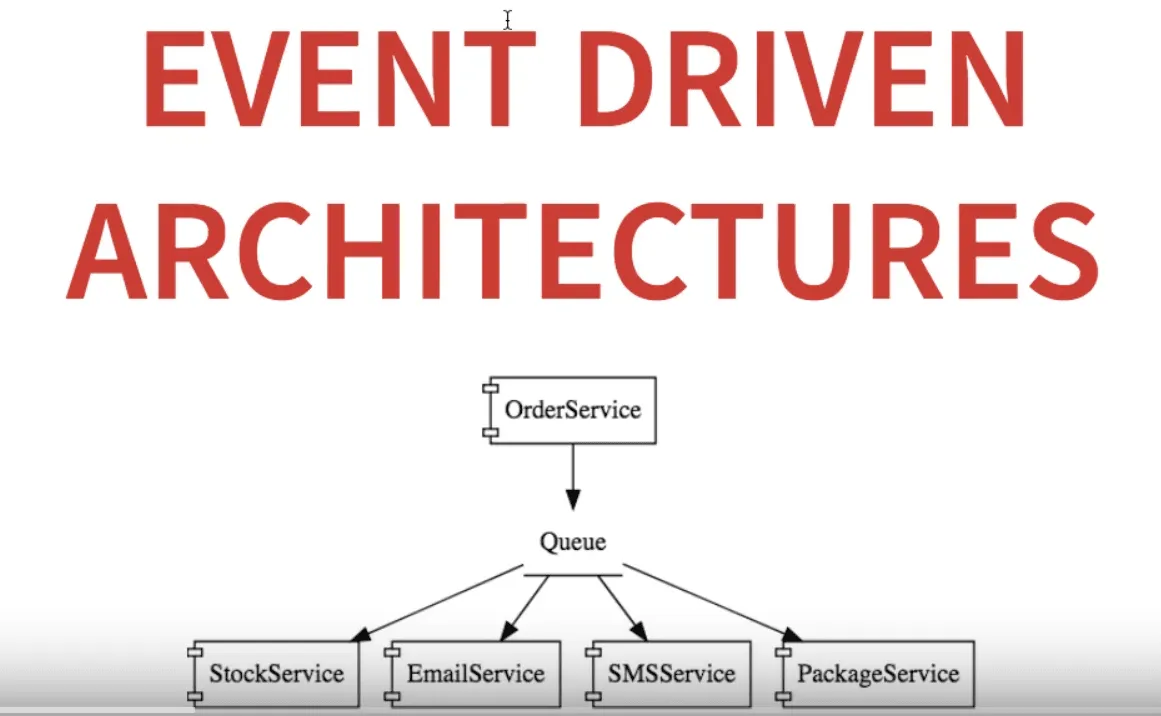An event-driven architecture provides a number of advantages over REST APIs for modern applications deployed across hybrid cloud environments.
Event-driven architectures (EDA) provide a number of benefits to complement REST API-based service-oriented architectures (SOA). This article will provide definitions and cover a number of differences and benefits when using it instead of a pure synchronous approach.
First, let’s define the terminology:
- Event-driven architecture (EDA) is a software architecture paradigm promoting the production, detection, consumption of, and reaction to events, where an event can be defined as “a significant change in state.”
- Service-oriented architecture (SOA) defines services that provide a discrete set of functionality to clients over a network, typically using a synchronous request-reply interaction.
- REST (Representational State Transfer) is a more constrained implementation of SOA. It uses HTTP verbs and URIs to access resources, implements a client-server interaction, and is stateless.
- Web service APIs that follow the REST constraints are called RESTful APIs, or REST APIs for short.
An EDA uses events to communicate between decoupled producers and consumers. REST APIs implement a synchronous request-reply interaction between client and server (i.e., they are service-oriented). A synchronous event publishing REST APIs exposed by a broker can be used to produce events, but direct event production and consumption by participating applications is simpler.
#big data #big data architectures #real-time decisions #event-driven architecture
